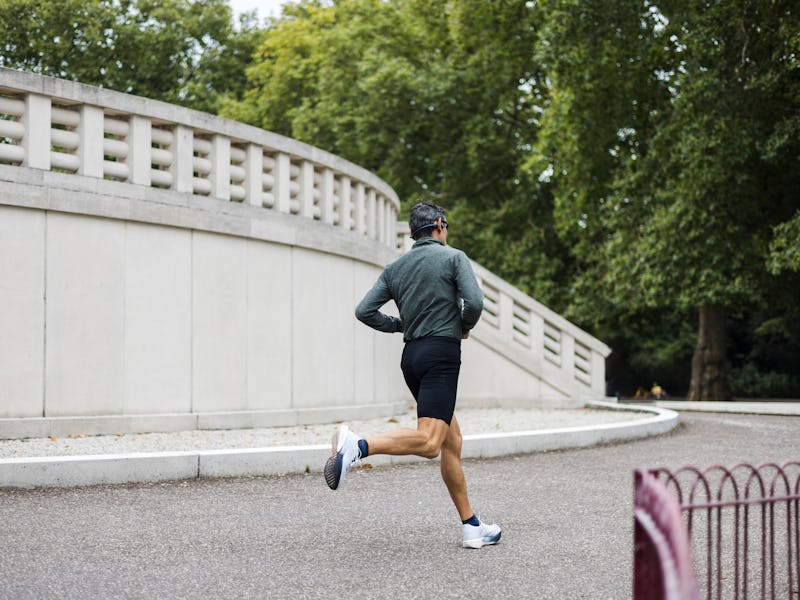These 2 Exercise Patterns Were Linked With A Lower Risk Of Over 200 Conditions
However you accomplish it, at least 150 minutes of weekly exercise is linked to lower risk of over 200 conditions.

There are 10,080 minutes in a week. According to the World Health Organization (WHO), everyone should devote at least 150 of those minutes to moderate-to-vigorous exercise. However, the WHO doesn’t offer guidance on how to best distribute that time. Is it better to exercise in short bursts throughout the week, or finish it all in one go?
New research scores a point for those who fit into the latter category, also known as weekend warriors. Led by researchers at Massachusetts General Hospital in Boston, a team probed data on over 89,000 people to determine whether one exercise pattern reaps more health benefits in the long run. The new paper, published today in the journal Circulation, details their findings demonstrating that weekend warriors glean full benefits.
The authors analyzed data from 89,573 participants in the UK Biobank study, a database that contains health metrics on about 500,000 people. In particular, these participants had worn an accelerometer for one week between June 2013 and December 2015. Based on their physical activity patterns, the team categorized each person as regular, weekend warrior, or inactive, according to WHO guidelines. Regulars spread their exercise evenly across the week, whereas weekend warriors concentrated theirs within one or two days. The team then scrutinized links between exercise habits and incidence of 678 conditions that spanned mental health, digestive, neurological, and others.
They found that regardless of whether a person was a regular or weekend warrior, exercising for at least 150 minutes weekly was associated with a lower risk of over 200 diseases over 6 years. Specifically, they observed up to a 50 percent decreased risk for cardiometabolic conditions like high blood pressure, diabetes, obesity, and sleep apnea. This finding indicates that there is no single best way to fulfill the WHO’s exercise recommendation. Whether you distribute that 150 minutes throughout the week or nail it all in one shot, both will grant you myriad health benefits.
“Because there appears to be similar benefits for weekend warrior versus regular activity, it may be the total volume of activity, rather than the pattern, that matters most,” co-senior author Shaan Khurshid, a cardiac electrophysiologist at Mass General Hospital and instructor of medicine at Harvard Medical School, said in a press release.
This is good news for weekend warriors, but the real winner is anyone who finds a way to meet the WHO’s exercise guidelines, whatever that may look like.